Simon Lewin
Applying GRADE-CERQual to qualitative evidence synthesis findings—paper 2: how to make an overall CERQual assessment of confidence and create a Summary of Qualitative Findings table
Lewin, Simon; Bohren, Meghan; Rashidian, Arash; Munthe-Kaas, Heather; Glenton, Claire; Colvin, Christopher J.; Garside, Ruth; Noyes, Jane; Booth, Andrew; Tunçalp, Özge; Wainwright, Megan; Flottorp, Signe; Tucker, Joseph D.; Carlsen, Benedicte
Authors
Meghan Bohren
Arash Rashidian
Heather Munthe-Kaas
Claire Glenton
Christopher J. Colvin
Ruth Garside
Jane Noyes
Andrew Booth
Özge Tunçalp
Megan Wainwright m.j.wainwright@durham.ac.uk
Visitor
Signe Flottorp
Joseph D. Tucker
Benedicte Carlsen
Abstract
Background: The GRADE-CERQual (Confidence in Evidence from Reviews of Qualitative research) approach has been developed by the GRADE (Grading of Recommendations Assessment, Development and Evaluation) Working Group. The approach has been developed to support the use of findings from qualitative evidence syntheses in decision making, including guideline development and policy formulation. CERQual includes four components for assessing how much confidence to place in findings from reviews of qualitative research (also referred to as qualitative evidence syntheses): (1) methodological limitations, (2) coherence, (3) adequacy of data and (4) relevance. This paper is part of a series providing guidance on how to apply CERQual and focuses on making an overall assessment of confidence in a review finding and creating a CERQual Evidence Profile and a CERQual Summary of Qualitative Findings table. Methods: We developed this guidance by examining the methods used by other GRADE approaches, gathering feedback from relevant research communities and developing consensus through project group meetings. We then piloted the guidance on several qualitative evidence syntheses before agreeing on the approach. Results: Confidence in the evidence is an assessment of the extent to which a review finding is a reasonable representation of the phenomenon of interest. Creating a summary of each review finding and deciding whether or not CERQual should be used are important steps prior to assessing confidence. Confidence should be assessed for each review finding individually, based on the judgements made for each of the four CERQual components. Four levels are used to describe the overall assessment of confidence: high, moderate, low or very low. The overall CERQual assessment for each review finding should be explained in a CERQual Evidence Profile and Summary of Qualitative Findings table. Conclusions: Structuring and summarising review findings, assessing confidence in those findings using CERQual and creating a CERQual Evidence Profile and Summary of Qualitative Findings table should be essential components of undertaking qualitative evidence syntheses. This paper describes the end point of a CERQual assessment and should be read in conjunction with the other papers in the series that provide information on assessing individual CERQual components.
Citation
Lewin, S., Bohren, M., Rashidian, A., Munthe-Kaas, H., Glenton, C., Colvin, C. J., Garside, R., Noyes, J., Booth, A., Tunçalp, Ö., Wainwright, M., Flottorp, S., Tucker, J. D., & Carlsen, B. (2018). Applying GRADE-CERQual to qualitative evidence synthesis findings—paper 2: how to make an overall CERQual assessment of confidence and create a Summary of Qualitative Findings table. Implementation Science, 13(S1), Article 10. https://doi.org/10.1186/s13012-017-0689-2
| Journal Article Type | Article |
|---|---|
| Online Publication Date | Jan 25, 2018 |
| Publication Date | Jan 25, 2018 |
| Deposit Date | May 8, 2018 |
| Publicly Available Date | May 9, 2018 |
| Journal | Implementation Science |
| Publisher | BioMed Central |
| Peer Reviewed | Peer Reviewed |
| Volume | 13 |
| Issue | S1 |
| Article Number | 10 |
| DOI | https://doi.org/10.1186/s13012-017-0689-2 |
| Public URL | https://durham-repository.worktribe.com/output/1331757 |
Files
Published Journal Article
(654 Kb)
PDF
Publisher Licence URL
http://creativecommons.org/licenses/by/4.0/
Copyright Statement
This article is distributed under the terms of the Creative Commons Attribution 4.0 International License (http://creativecommons.org/licenses/by/4.0/), which permits unrestricted use, distribution, and reproduction in any medium, provided you give appropriate credit to the original author(s) and the source, provide a link to the Creative Commons license, and indicate if changes were made. The Creative Commons Public Domain Dedication waiver (http://creativecommons.org/publicdomain/zero/1.0/) applies to the data made available in this article, unless otherwise stated.
You might also like
Downloadable Citations
About Durham Research Online (DRO)
Administrator e-mail: dro.admin@durham.ac.uk
This application uses the following open-source libraries:
SheetJS Community Edition
Apache License Version 2.0 (http://www.apache.org/licenses/)
PDF.js
Apache License Version 2.0 (http://www.apache.org/licenses/)
Font Awesome
SIL OFL 1.1 (http://scripts.sil.org/OFL)
MIT License (http://opensource.org/licenses/mit-license.html)
CC BY 3.0 ( http://creativecommons.org/licenses/by/3.0/)
Powered by Worktribe © 2025
Advanced Search
